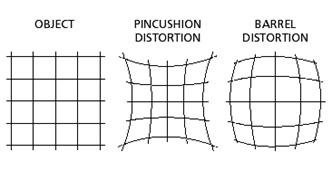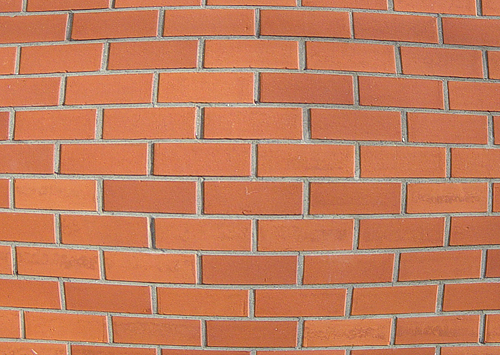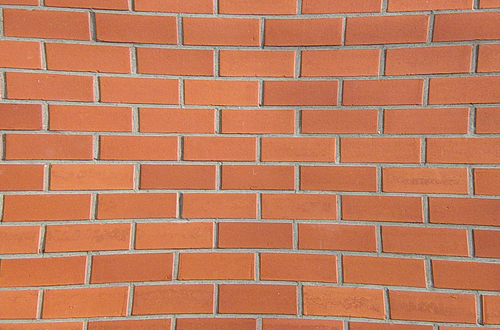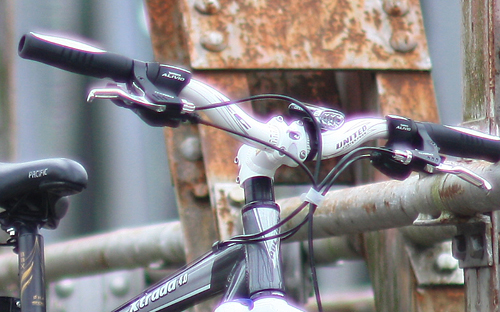
The following are important factors in assessing the optical quality of a lens:
-A good lens has the same sharpness in the center as it does at the edges (bad-quality lenses have a corner softness).
-Good lenses can also capture with sharpness at any focal length and at any aperture setting (except when it exceed the diffraction limit or at a very small aperture).
-A good lens also has an even brightness level, from the center to the edges of the frame (a bad lens will experience a fall-off, where the edges are darkened, or as is often called vignetting).

-A good lens can control distortion well. Lines don’t appear curved inward (pinch distortion) or outward (barrel distortion).



-A good lens can also control purple fringing well (chromatic aberration) where else bad lenses will have a hard time when facing high-contrast areas, creating a purple fringe in edges of objects.

-Good lenses have high contrast, producing vibrant photos.
-A good lens can overcome flares, which occurs when the lens is pointed directly into a bright light source.

-A good lens doesn’t change colors. Bad lenses have a bad coating that can fade to red or blue as it wears.
-A good lens has charming, creamy, and out-of-focus bokeh in the background.
-A good lens has a fast and accurate focus (no back/front focus), whether it be in bright conditions or low-light conditions.
So those were several characteristics of a good lens. Sure, not all lenses have the above criteria, and if they do those lenses would definitely be expensive. But at least this can be a guideline for you when you grade a lens for when choosing and buying the best lens.
















